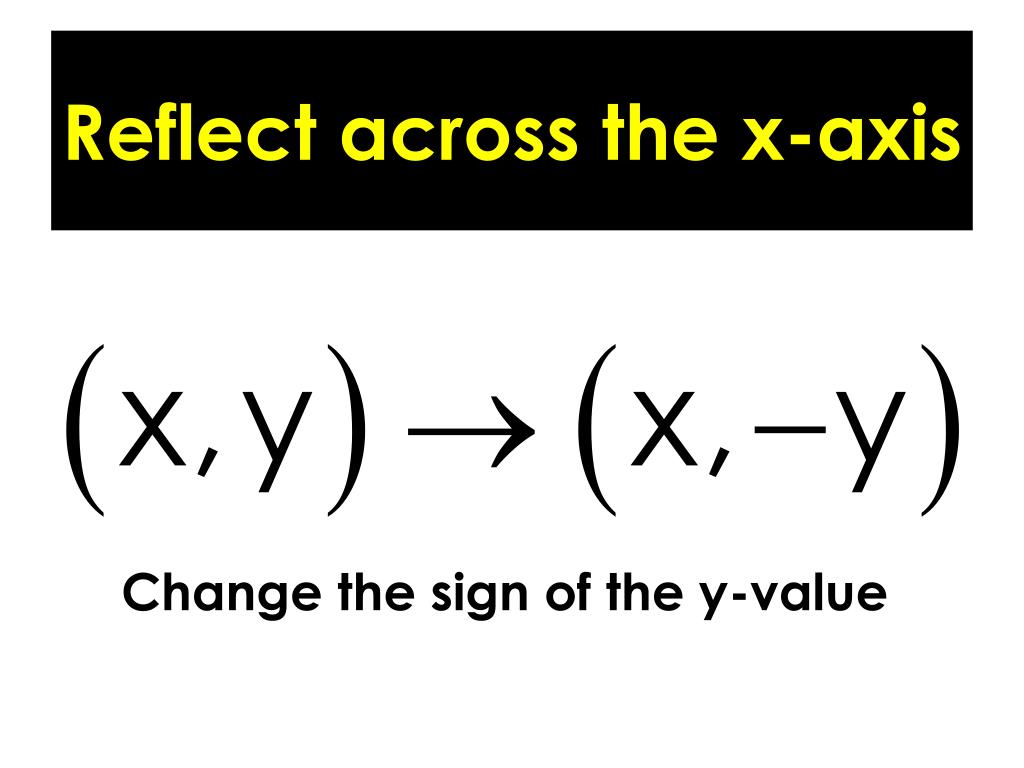
Using the Cartesian coordinate system, geometric shapes (such as curves) can be described by equations involving the coordinates of points of the shape. The equation of a circle is ( x − a) 2 + ( y − b) 2 = r 2 where a and b are the coordinates of the center ( a, b) and r is the radius.Ĭartesian coordinates are named for René Descartes, whose invention of them in the 17th century revolutionized mathematics by allowing the expression of problems of geometry in terms of algebra and calculus. These coordinates are the signed distances from the point to n mutually perpendicular fixed hyperplanes.Ĭartesian coordinate system with a circle of radius 2 centered at the origin marked in red. More generally, n Cartesian coordinates specify the point in an n-dimensional Euclidean space for any dimension n. Similarly, the position of any point in three-dimensional space can be specified by three Cartesian coordinates, which are the signed distances from the point to three mutually perpendicular planes. The point where they meet is called the origin and has (0, 0) as coordinates. In geometry, a Cartesian coordinate system ( UK: / k ɑːr ˈ t iː zj ə n/, US: / k ɑːr ˈ t i ʒ ə n/) in a plane is a coordinate system that specifies each point uniquely by a pair of real numbers called coordinates, which are the signed distances to the point from two fixed perpendicular oriented lines, called coordinate lines, coordinate axes or just axes (plural of axis) of the system. Four points are marked and labeled with their coordinates: (2, 3) in green, (−3, 1) in red, (−1.5, −2.5) in blue, and the origin (0, 0) in purple.

Illustration of a Cartesian coordinate plane. JSTOR ( June 2012) ( Learn how and when to remove this template message).Unsourced material may be challenged and removed.įind sources: "Cartesian coordinate system" – news Please help improve this article by adding citations to reliable sources.

This article needs additional citations for verification.


 0 kommentar(er)
0 kommentar(er)
